23 pages • 46 minutes read
T. S. EliotThe Hollow Men
Fiction | Poem | Adult | Published in 1925A modern alternative to SparkNotes and CliffsNotes, SuperSummary offers high-quality Study Guides with detailed chapter summaries and analysis of major themes, characters, and more.
Literary Devices
Form and Meter
“The Hollow Men” is a poem composed of 100 lines (including the opening epigraph) broken into five cantos. Each canto contains an irregular number of stanzas, with 17 stanzas in total. The poem is written in free verse, meaning it has no set form, meter, or rhyme scheme. The overall effect is one of controlled chaos; the first stanza opens with tight lines and a consistent rhythm, but the poem quickly introduces new forms and rhythms as the narrative progresses. By the end of the poem, the form has completely disintegrated. The final lines are erratic and read as incomplete. This technique is used to parallel the similar disintegration of European culture and humanity following the first world war.
The poem does not utilize a consistent rhyme scheme, but it makes use of internal rhymes or partial rhymes to enhance its rhythm. For example, the closing consonant sounds in “Are quiet and meaningless / As wind in dry grass / Or rats’ feet over broken glass” (Lines 7-9), or “Between the conception / And the creation / Between the emotion” (Lines 78-80).
Related Titles
By T. S. Eliot
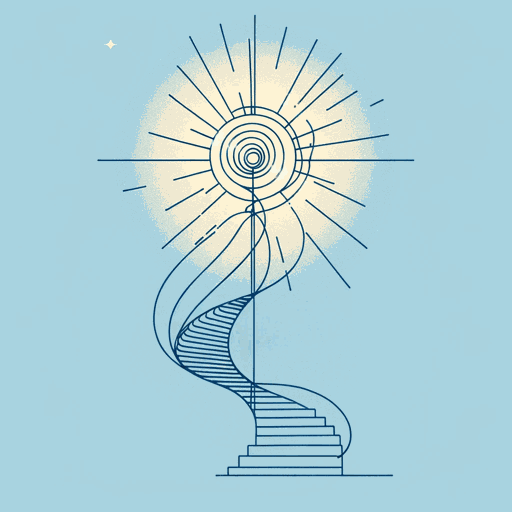
Ash Wednesday
T. S. Eliot
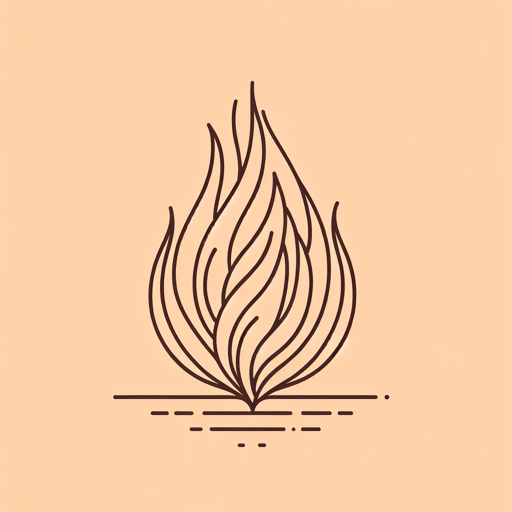
Four Quartets
T. S. Eliot

Journey of the Magi
T. S. Eliot
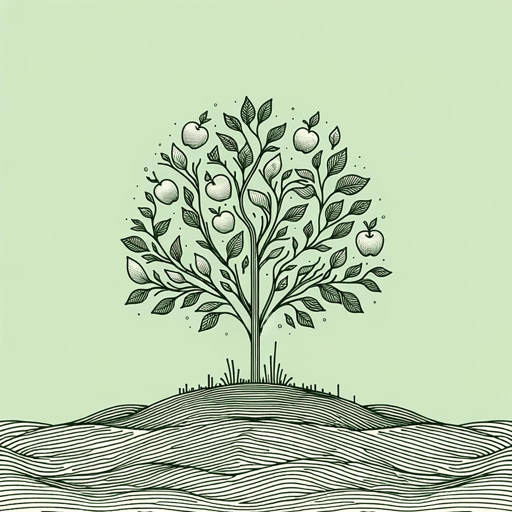
Little Gidding
T. S. Eliot
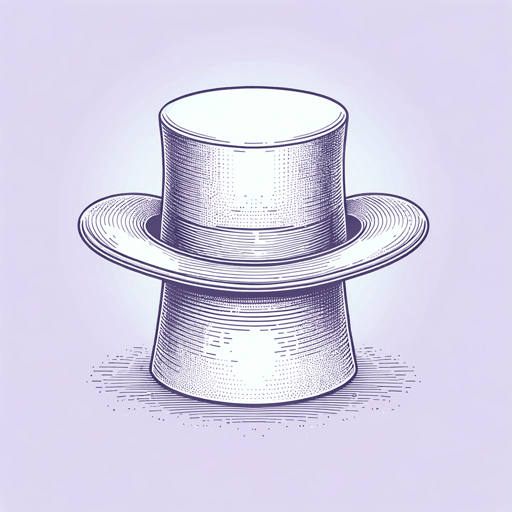
Mr. Mistoffelees
T. S. Eliot

Murder in the Cathedral
T. S. Eliot
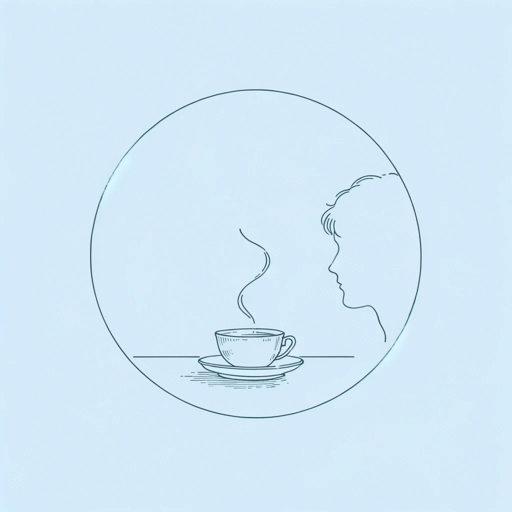
Portrait of a Lady
T. S. Eliot

Rhapsody On A Windy Night
T. S. Eliot

The Cocktail Party
T. S. Eliot
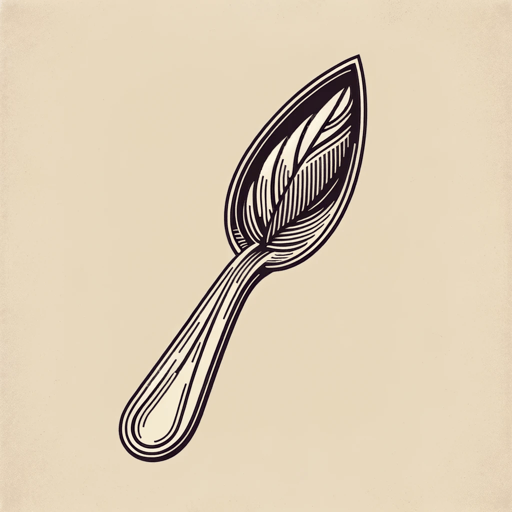
The Love Song of J. Alfred Prufrock
T. S. Eliot

The Song of the Jellicles
T. S. Eliot

The Waste Land
T. S. Eliot
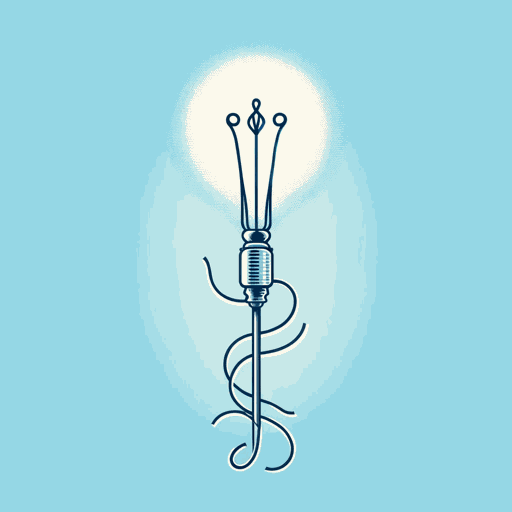
Tradition and the Individual Talent
T. S. Eliot

